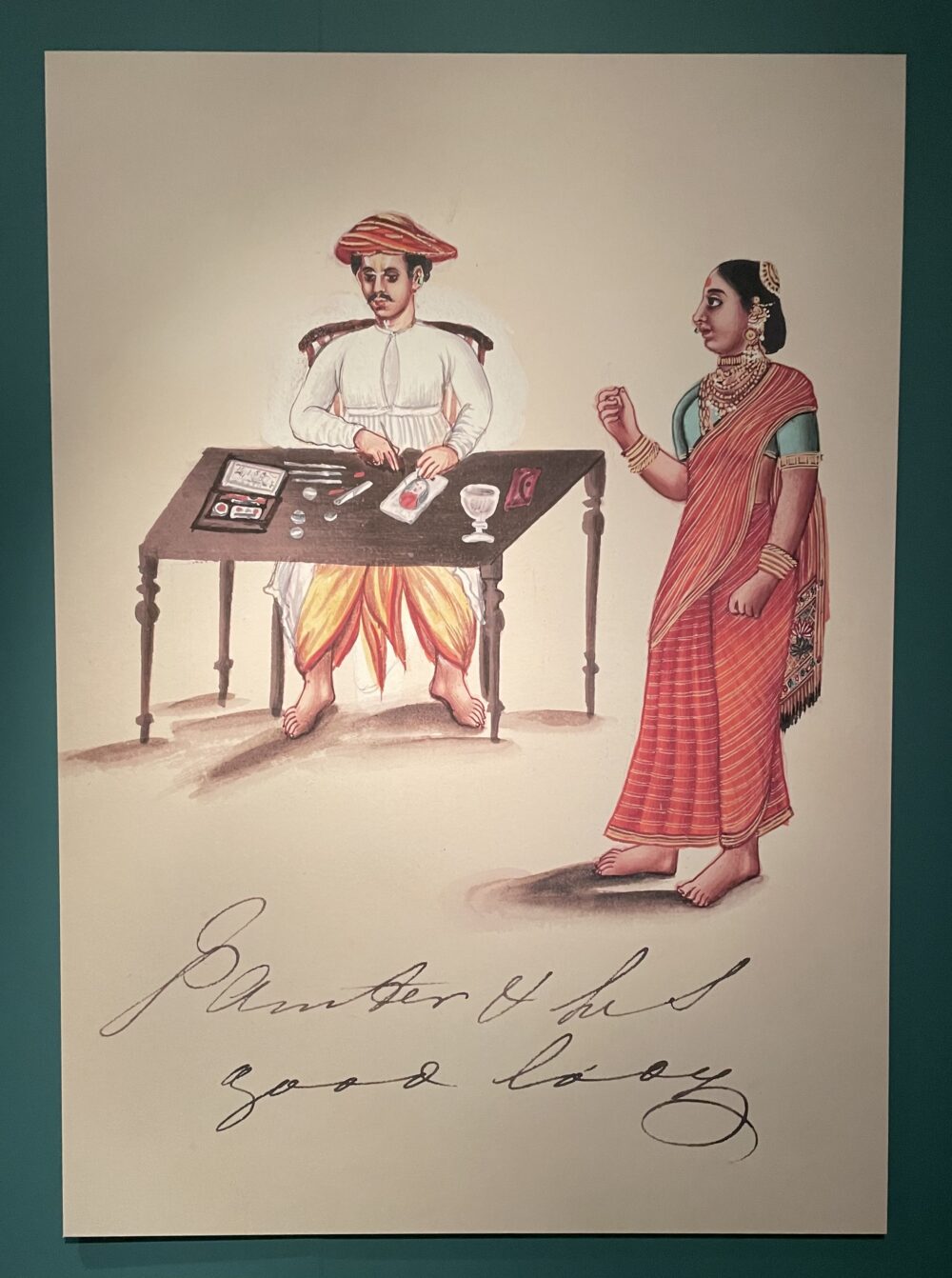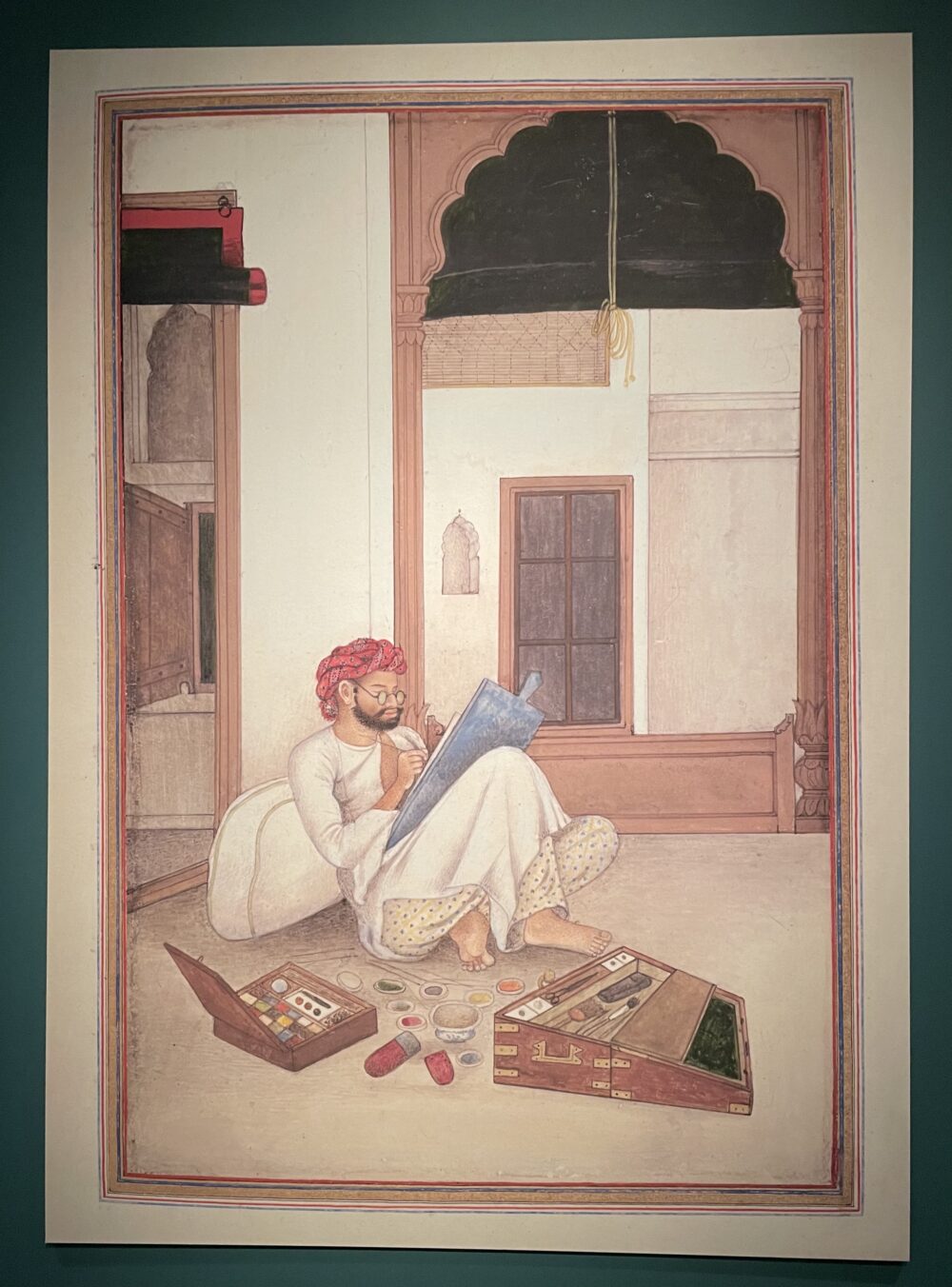‘Connecting histories’

It’s a reflection of my own cultural biases that when reflecting on the impact of colonialism and the British Empire on botany, of all things, my mind leaps to the introduction of species to the UK. Plants such as fuchsias, geraniums and petunias arrived on our shores through a complex and uncomfortable web of international relations.
This exhibition made me think for the first time about how the movement of species is more complicated than things reaching British gardens. Empire introduced coffee and tobacco to India, for example, which I would ignorantly have assumed were native to India.
But this exhibition is really about reckoning with part of the Royal Botanic Garden Edinburgh’s colonial history. Its collection includes a significant number of botanical drawings by Indian artists commissioned by Scottish doctors employed by the East India Company. Doctors, of course, because the Garden’s primary function was medical. Very little is known about any of the artists: in many cases, not even their names.
This exhibition of their drawings, therefore, becomes not only an appreciation of their inherent beauty and accuracy but also a sad reflection. It reminds the visitor with marvellous clarity of the way that the Empire often failed to recognise the personhood of those on whose remarkable skills and talents it relied.

Connecting histories continues at the Royal Botanic Garden Edinburgh until 14 April.
This post was filed under: Art, British Empire, Edinburgh, Royal Botanic Garden.
